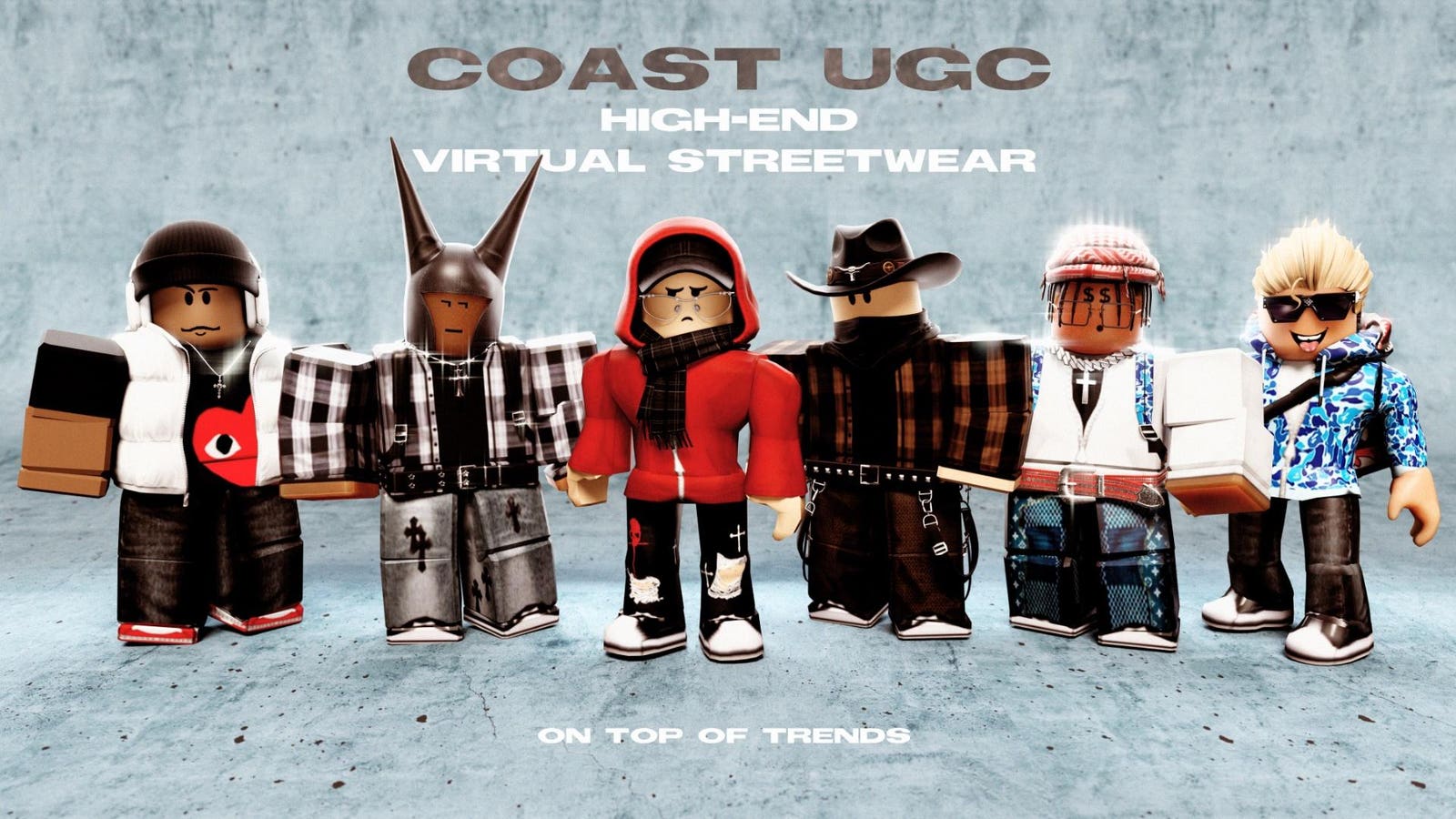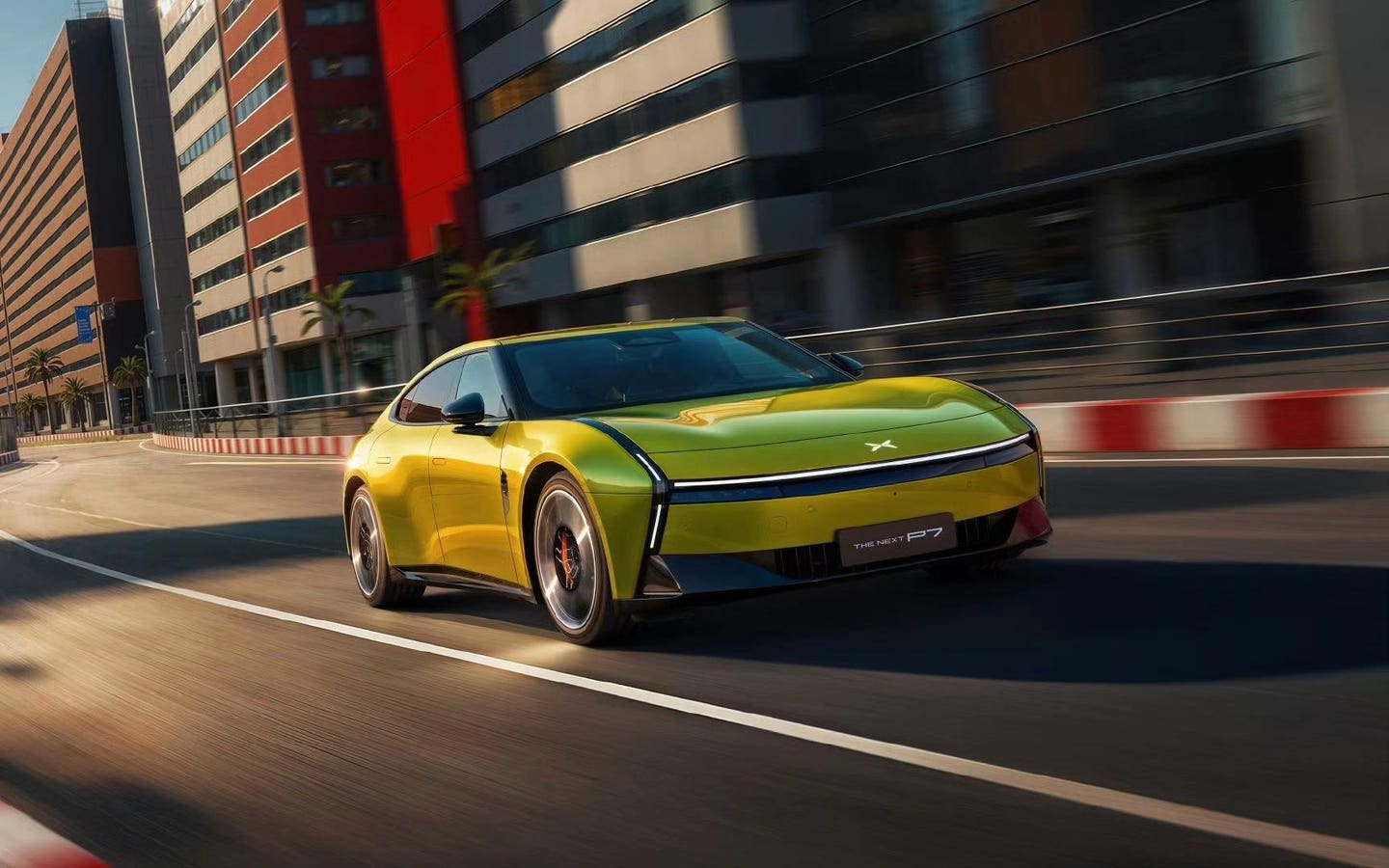Philipp Batura didn’t set out to build a fashion business. In 2020, he joined Roblox during the pandemic, hoping to make a game. Five years later his company Topcat is one of the largest sellers of user-generated content (UGC) on the platform. In July 2025 alone, the three-person team sold over a million virtual clothing items.
Philipp Batura, founder and CEO of Topcat, a top producer of User Generated Content on Roblox.
Topcat
Roblox has 111.8 million daily users, most of them teenagers or young adults. While many creators were making blocky, cartoonish gear for kids, Batura noticed older players were looking for something more realistic. Topcat focused on detailed streetwear and apparel, then expanded its brands (Gatas Only, Coast UGC, and Chibi Couture) to cover the Roblox platform’s main fashion segments.
“We publish one to three new items a day,” Batura said. “That consistency, and a structured process driven by trend analysis, is what allowed us to grow 1,500 percent over the past year.”
Coast is one of Topcat’s fashion brands.
Topcat
Roblox assets range from 30 cents to one dollar per item. Creators keep about 30 percent, while the rest goes to Roblox and the virtual store where the item is sold. That cut has drawn criticism, because the Roblox store is basically the only store. Batura says it’s a fair exchange: “Roblox takes care of distribution. Marketing costs are close to zero.”
Economies of scale are what make the business work. Selling a million items a month translates into a seven-figure annual business, but only because the operation runs at volume. Topcat’s small team pushes out hundreds of variations every month, posting three a day, taking advantage of Roblox’s algorithmic marketplace, which rewards frequency and quality. Seasonal spikes matter too. “Christmas is absolutely huge,” Batura said. “Parents give kids Robux and devices, and the whole economy surges.” The holiday rush doesn’t just create short bursts of revenue — it also brings new players into the economy, helping drive growth into the following year.
Gatas is the most popular fashion brand on Roblox.
Topcat
Topcat is competing in a field of thousands of small-scale creators, but only about 60 operate at scale. Most work solo, releasing a handful of items for fun. By contrast, Topcat’s team includes veteran 3D modelers with experience in AAA and mobile games, giving the company an edge in quality and output. That professionalization of Roblox UGC is part of a broader trend of brands following customers into the virtual worlds of the Metaverse.
The business model comes with risk. Roblox can change rules or revenue splits at any time, and the platform’s algorithms control which items surface to buyers. Still, Batura believes the upside outweighs the vulnerability. “We’re at the mercy of Roblox,” he said. “But they’re also the ones bringing us millions of customers we’d never reach on our own.” As for working on other platforms like ZEPETO and Rec Room, where avatar items are also sold, Batura says they lack the scale and platform integration he gets from Roblox. Meanwhile, Fortnite’s UGC economy is limited to islands, which are hard to gain traction with: “I built three maps on Fortnite and made a hundred dollars,” he said.
Topcat has a licensing deal for Care Bears.
Topcat
Topcat has already begun partnering with outside brands. A holiday tie-in with Care Bears let fans role-play as their favorite characters. A collaboration with YouTuber Euina turned her Roblox audience into paying customers. The bigger opportunity, Batura believes, is helping fashion companies build a lasting presence on the platform.
“Luxury brands have tested Roblox, but always with short campaigns,” he said. “Nobody has built a consistent relationship with players. That’s the gap we want to fill.”
Avatar fashion is becoming the lingua franca of the metaverse, and nowhere is this clearer than on Roblox, where players spend heavily to shape their digital identities. Raffaella Camera, a gaming & entertainment strategist whose resume includes Epic Games, Sony Pictures and Accenture, managed relationships with companies like Timberland and LVMH, on Fortnite. “Gaming platforms like Roblox and Fortnite are digital hangouts where people meet friends, join live events, and craft their identities.” She told me. “Inside these virtual worlds, what you wear is who you are. Skins, avatars, and digital accessories serve the same function as outfits in the physical world: self-expression, belonging, and status.”
“Digital apparel already sells in volumes comparable to physical fashion,” Batura said. “The cultural influence is enormous. It deserves recognition as every bit as important as real-world clothes.”









